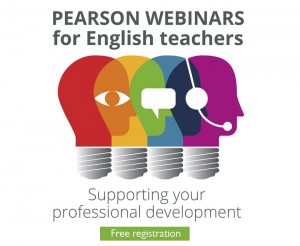When you saw the title of this post you probably thought that this is just the latest example of a world gone crazy with yet another apparently random silly holiday. Better think again.
Ask a Stupid Question day, far from being a pointless unofficial holiday, was created in the 1980’s by a group of teachers with a very specific purpose in mind: encouraging their students to participate more in class by asking questions. They knew that most of them had lots of questions but believed they kept many to themselves for fear of being laughed at.
It takes place on the 28th of September, but it’s commonly celebrated on the last day of class this month. Since its creation, this has been an annual tradition in American schools, and has recently become popular in Britain and India.
So how might we English teachers take advantage of this date at the beginning of the year to foster a more participative classroom which focuses on the needs of our learners? Continue reading








 Ghosts, witches, black cats, haunted houses… Despite the creepy flavour of these terms, I’ve always liked Halloween: 31st of October, the spookiest day of the year, as it is said to be. As teachers, many of us celebrate this autumn festivity by decorating our classrooms with spider-webs, skeletons, bats, etc., and by asking our students to dress up as ghosts, witches or werewolves.
Ghosts, witches, black cats, haunted houses… Despite the creepy flavour of these terms, I’ve always liked Halloween: 31st of October, the spookiest day of the year, as it is said to be. As teachers, many of us celebrate this autumn festivity by decorating our classrooms with spider-webs, skeletons, bats, etc., and by asking our students to dress up as ghosts, witches or werewolves. Not only do word clouds look pretty, there are also a number of ways they can be used in the ELT classroom to help our students learn. In this post we’re going to be looking at how.
Not only do word clouds look pretty, there are also a number of ways they can be used in the ELT classroom to help our students learn. In this post we’re going to be looking at how.